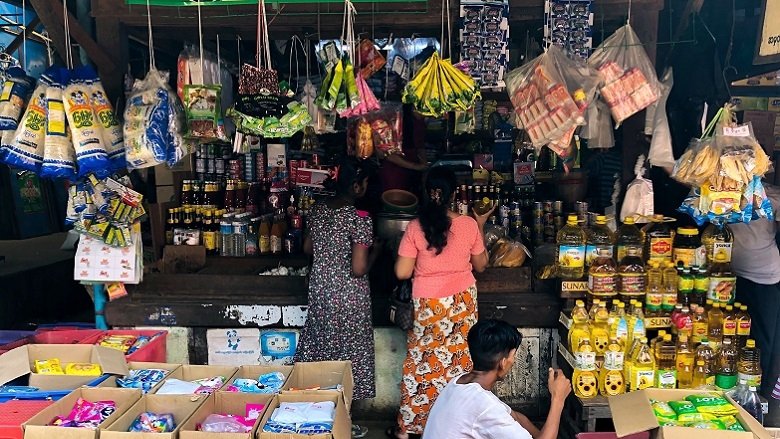Key Findings
- Myanmar’s economy remains subject to significant volatility and uncertainty. Business operations have been disrupted by conflict, electricity outages, trade and foreign exchange restrictions, shortages of some key inputs, and frequently changing rules and regulations. Although some businesses are showing signs of resilience, domestic demand remains weak.
- The depreciating kyat, combined with increases in global prices and ongoing logistics constraints has fueled inflation, which reached almost 20 percent in mid-2022. This in turn has exacerbated household budget constraints and affected economic activity.
- Household incomes continue to be stretched by the cumulative impact of recent shocks. In an IFPRI survey conducted in July and August 2022, almost half of all households reported experiencing income losses compared to the previous year, reducing food and non-food consumption in response.
- Other economic indicators are mixed. Mobility has improved to pre-COVID levels, construction activities continue to expand, and energy output has been stable. Trade has been relatively resilient. However, manufacturing output and new orders have reportedly contracted since July. Over the past six months there have been signs of a pick-up in domestic investment, but foreign investment remains weak.
- In the World Bank firm survey, businesses reported operating at an average 66 percent of capacity in December 2022, in line with March levels but an improvement from June and September. The share of agricultural firms reporting conflict as their most prominent challenge fell substantially, while the share of firms across all sectors reporting that they did not experience any challenges to their operations increased to almost 40 percent.
- Changes in rules and regulations have become more frequent, increasing uncertainty around access to foreign exchange and imports, reducing confidence in payment systems, and delaying customs clearance processes.
- Nevertheless, some businesses are finding ways to cope with the challenging conditions. Some firms benefit from access to favorable exchange rates and exemptions from regulatory requirements. Others have switched to informal channels for payments and goods trade. Firms reliant on export demand — which has been comparatively robust — have tended to do better than those that sell mainly to the domestic market.
- The GDP forecast of 3 percent growth in the year ending September 2023 implies that per capita GDP will still be around 13 percent lower than in 2019, indicative of the persistent impacts of recent shocks on both supply and demand. The failure to return to pre-pandemic levels of activity contrasts with the situation in most of the East Asia and Pacific region. In the absence of further shocks, the economy is likely to continue to expand slowly beyond 2023, though at rates well below those observed before the pandemic.
- Over the next year, moderate growth is expected in the services sector as inflationary pressures ease, but domestic consumption will remain weak and there will likely be little improvement in international tourism. Industrial sector growth is expected to slow as garment manufacturers and food processors face slowing export demand and weak domestic demand. The agriculture sector is expected to recover, reflecting recent signs of resilience in agricultural production, with pressure on key input prices likely to ease through 2023 and exports of rice, pulses, and maize expected to remain relatively robust.
